If you weren’t able to make it to our Digital Fundraising Summit this year, don’t worry, we’ve got you covered. While we’ve jotted down some insights gleaned from subject matter experts in each of the afternoon sessions, this list is by no means exhaustive. To catch all the “aha” moments on your own time, be sure to grab your copy of all presentations and notes here.
1. With Google Ad Grants, Focus On Promotable Content – From Grant Hensel at Nonprofit Megaphone
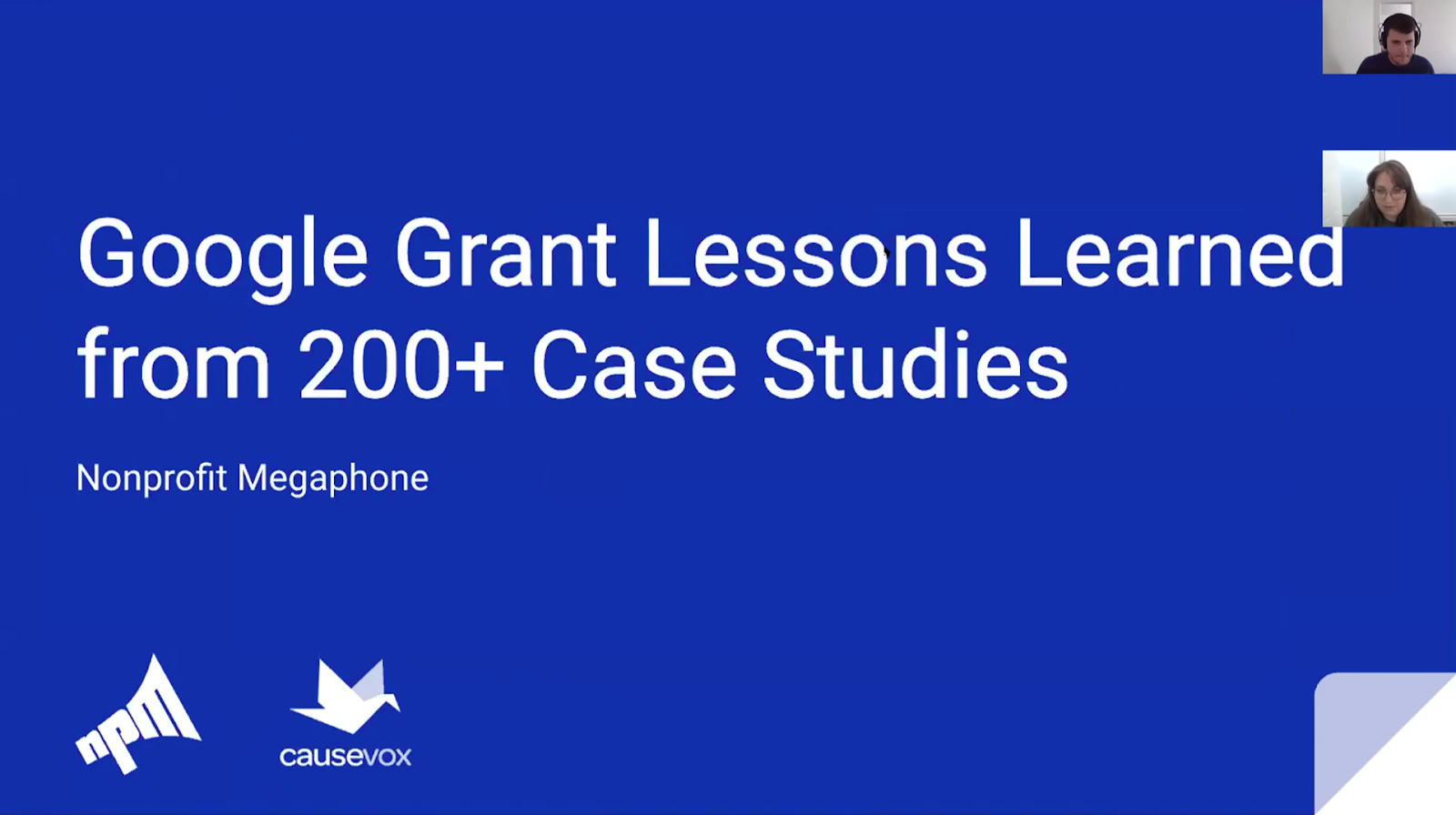
A Google Ad Grant is a great way for nonprofits to boost engagement through in-kind advertising. With a chance to win up to $10,000 each month (that’s $120K per year!) in free advertising, Google ads are one of the most powerful levers that an organization can pull.
For a well-performing Google Ad, nonprofits should have promotable content by focusing on a single topic or including information that people might reasonably be searching for.
2. Be Proactive About The Second Donation – From Steven Shattuck at Bloomerang
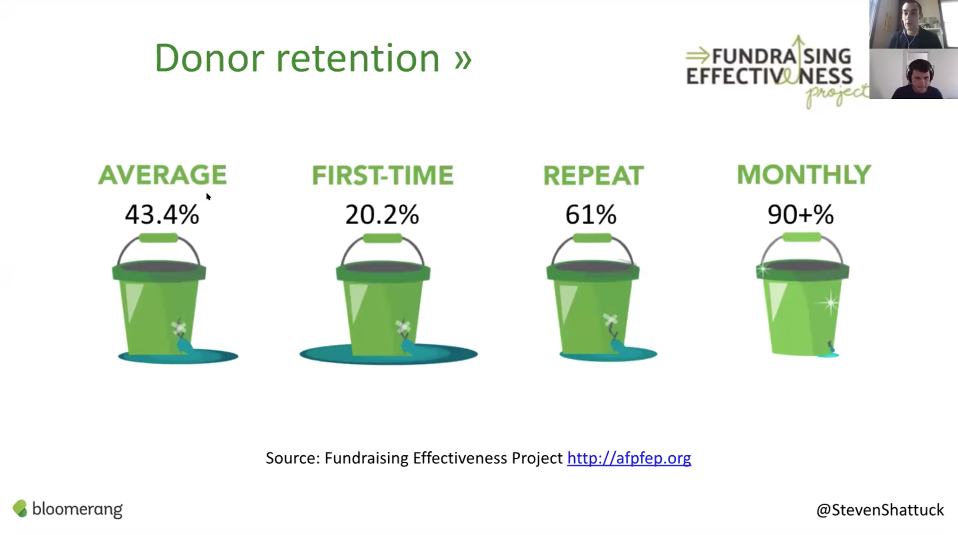
With trends indicating that overall charitable contributions have declined it’s probably not surprising to hear that the average donor retention rate is only 43.4%. This means that while it’s typical to lose about half of all first-time donors, having donors drop can get pretty expensive (especially if you account for all the time and funds invested).
There are many reasons why donors don’t give a second time but you can certainly improve your chances by being proactive. If donor stewardship is done right, you can reasonably ask for a second gift within 90 days.
“When you’re not proactive about it, it’s hard to get people to donate again. When someone stops giving, it’s even more difficult to get them to give again. In fact, only 4% of lapsed donors do.”
– Steven Shattuck, CEO of Bloomerang
3. Make Your Campaigns Donor-Centric – From Emily Newton at Postpartum Support International
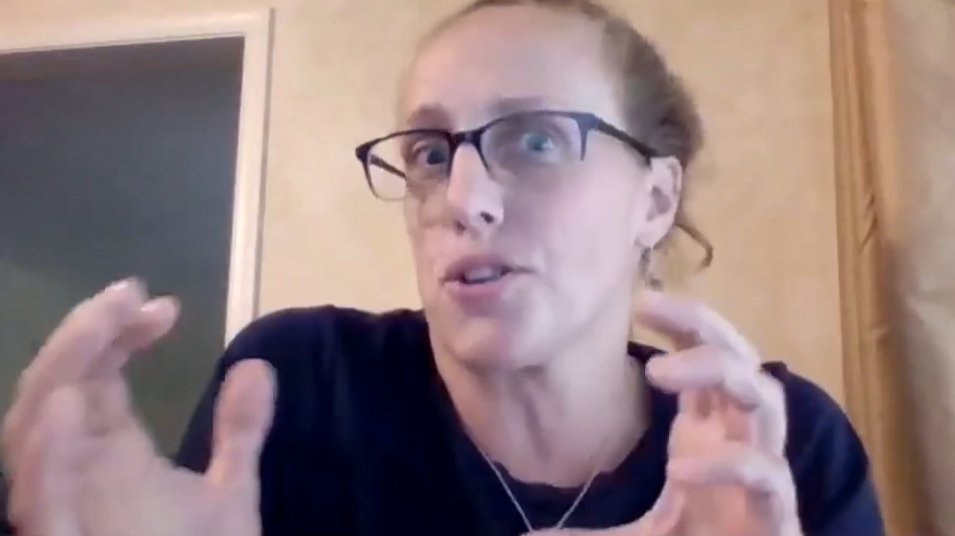
Don’t neglect the donor experience. In order to recruit, engage, and retain supporters, build your campaign around the people who support you, making it easier and more personal for them.
This means never underestimating the power of a “thank you”, identifying and shouting out a project champion, and being ready to provide additional support (i.e. hand-holding) for those who need it.
4. Develop A Fundraising Toolkit – From Floyd Jones at Volo City Foundation

A great way to set your fundraisers up for success is by providing a fundraising toolkit replete with social media graphics, templates, customizable canned verbiage, and hashtags.
Having a toolkit helps to ensure that your fundraisers stay consistent with your brand and have the resources they need to promote your campaign.
If you don’t know where to start with creating a toolkit, we’ve got the guide for you.
5. Secure Your Website With HTTPS – From Dominic Ciampa at Hive Digital
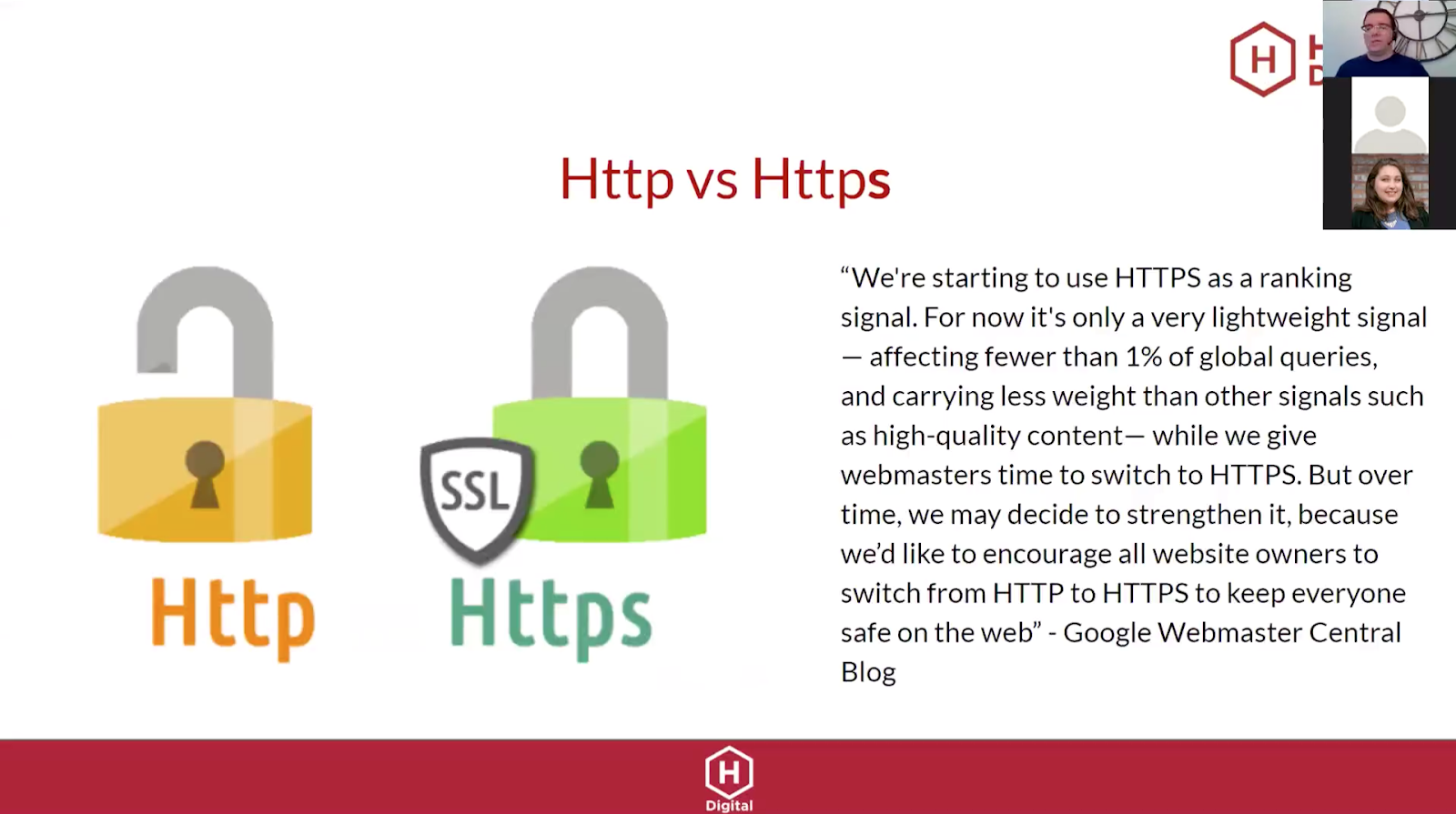
If you haven’t already switched from HTTP to HTTPS, you might consider doing so. The “s” might seem like just a letter but HTTPS is a way to secure and encrypt sensitive information sent over the web. This should be a serious consideration especially if you’re processing credit and debit card transactions online.
Compared to HTTP, HTTPS helps to increase donor confidence and boost your Google search ranking. Because let’s face it, who’s comfortable with entering personal information into a web page flagged as “not secure”?
6. Use Heading Tags, Alt Texts, And Meta Descriptions – From Dominic Ciampa at Hive Digital
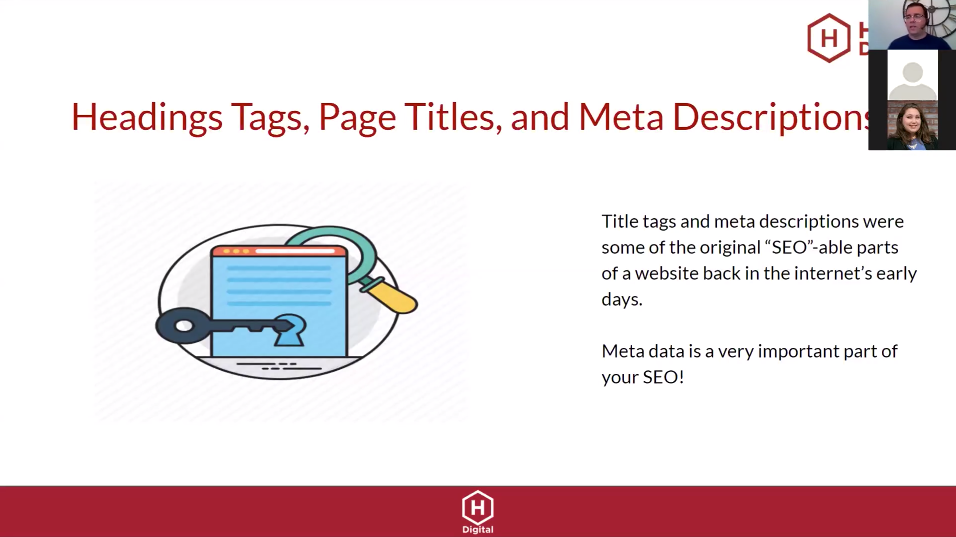
In a nutshell, SEO (Search Engine Optimization) is the practice of increasing organic traffic to your website through search engine results.
Essentially there are two types of SEOs – on-site and off-site. Since on-site SEO are things within your control and can be easily changed on the backend of your website, let’s focus on that for now. When considering your SEO strategy, here are a few quick on-site wins to consider:
- Heading tags. Heading tags are HTML tags that range from <h1>(most important heading) to <h6>(least important). Think of heading tags as an outline for the structure of your content. It’s important for user readability and if your headers include certain keywords, your page will likely rank higher.
- Image alt text. Alt-text is the text that sits behind an image that tells you what the image is. Not only is alt text helpful for when an image fails to load, but alt text allows search engines to better able to crawl and rank your website.
- Meta descriptions. Meta descriptions are the 160 character snippets of text that show up before someone clicks on your website. These descriptions help influence user click-through rates, which in turn affects your page’s ability to rank.
Get More Insights From The Digital Fundraising Summit
The Digital Fundraising Summit might be over, but there’s so much more in store to help you and your team reach your fundraising goals with less uncertainty.
Purchase the full set of notes and recorded sessions, available here.




